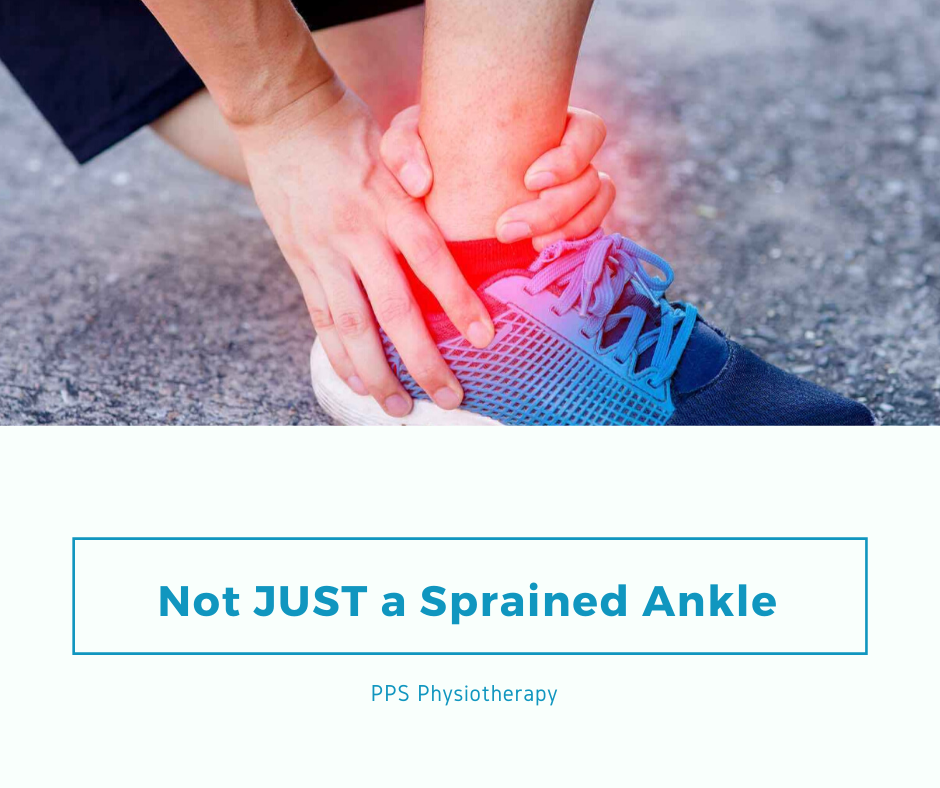Sprained ankles (commonly known as the “rolled ankle”) are one of the most common injuries in sport accounting for approximately 14 – 40% of all sporting injuries. An ankle sprain commonly occurs when you land and your foot goes through a twisting motion. Many people believe that this is a harmless injury and will heal with minimal treatment yet people who have sprained their ankle once have a 4.9 times increased chance of re-injuring their ankle. Despite this, only about half of those who have sprained their ankle receive supervised or professionally administered care. The majority of patients with a history of ankle sprains will sustain at least one additional sprain, with many developing physical and subjective limitations, with ongoing ‘giving-way’ in the affected ankle, resulting in the condition “chronic ankle instability”.
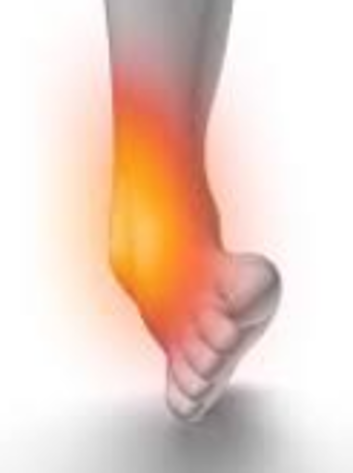
Why do I need to get my ankle properly rehabbed?
Though the pain and stiffness from a sprained ankle may start to decrease after just a few days, previous studies have reported that 50 – 74% of patients can have persisting symptoms such as muscle weakness, sensation of frequent giving-way, and tendinitis 1 – 4 years after the injury. An epidemiological study showed that for athletes who sprained their ankle 1- 4 times, the major problem was pain, while those who had sprained their ankle greater than 5 times reported the main problem was a constant sensation of instability and giving way.
Those people who experienced chronic ankle instability reported having decreased levels of physical activity and reported lower quality of life. In addition, they demonstrated ongoing problems in their muscles and everyday function. Numerous research groups have reported the reaction time of the muscles that help prevent ankle sprains are delayed in people reporting ankle instability (reaction times of 50 – 60ms in healthy individuals compared to 82-85ms in people with ankle instability).
Patients who have chronic ankle instability may occasionally lead to ankle osteoarthritis, sinus tarsi syndrome, and subtalar joint instability, which comprise the majority of the surgeries for the ankle.
What should I do if I roll my ankle?
Though your ankle may be extremely painful and difficult to walk on immediately after injury, you DO NOT always have to get a scan. You should visit your physiotherapist as soon as possible after injury and determine whether or not you need a scan as well as guiding you through your rehabilitation process. It has been reported that only approximately 50% of individuals who experience a sprained ankle seek medical attention. With adequate diagnosis and treatment of the ankle injury this leads to a reduction of future ankle injury and could avoid the long-term injury-associated symptoms.
Physiotherapy
Following an ankle sprain you should see your physiotherapist as soon as possible as they can help to rapidly reduce pain levels after injury. As the pain levels begin to decrease, exercise based therapy programs can be initiated to further reduce pain levels and commence return to functional tasks whether that is going for long walks or playing sports at a high level.
When exposed to flexibility, strength, balance training, and exercises to improve joint position sense, the risk of further ankle sprains is greatly reduced to the point where it is the same level as healthy individuals with no history of ankle sprains.
These programs are most effective when initiated within the first 12 months after the injury and have been shown to reduce the prevalence of recurrent injuries, associated with quicker recovery time, and have better outcomes than no treatment. However, these programs can still be greatly beneficial regardless of when they are commenced.
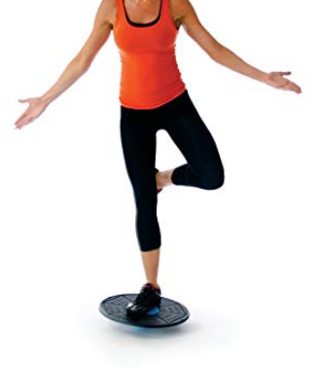
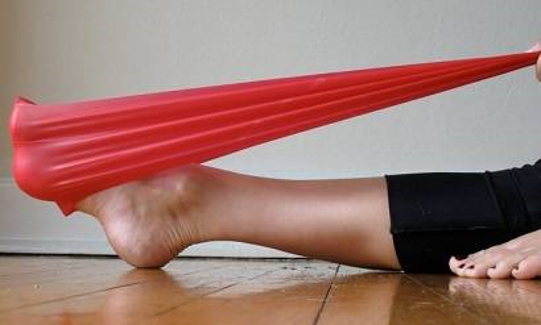
Surgery
Not every ankle injury requires surgery or even a surgeon to review you as physiotherapy has been recognised to be equally effective in resolving complaints and returning the patient back to sports. However, if after undergoing a thorough exercise- based physiotherapy program you are continuing to experience instability in the ankle, this should be considered. Surgery consists of tightening one or more ankle ligaments on the outside of your ankle to return the stability.
After surgery you are often unable to put all your weight through your ankle for a while the ankle begins to heal. In this time it is beneficial to commence a rehabilitation program to lightly stretch the ankle and to get it moving. By doing these kinds of exercises, it can result in faster recovery and therefore an earlier return to sport.
Taping and bracing
When returning to sport after an ankle injury, taping and/or bracing should be used as they have been shown to be effective ways to prevent further injury or recurrent ankle sprains. It may feel strange wearing a brace or tape for the first time so athletes are encouraged to train with them on to ensure they do not greatly hinder performance and to gain a feel for them prior to a game. Though many individuals choose cheap compression bandages or tubigrip, these are not sufficient in providing support to meet the demands of sport and patients instead should opt for a lace-up or semi-rigid brace.
Sports tape, though not as effective as an ankle brace, is also effective in preventing recurrent ankle sprains but does not have any effect on preventing an athlete’s first ankle sprain. Taping after an ankle injury can also improve someone’s perceived confidence when returning to sport and thus permits continued or early return to physical activity or sports participation.
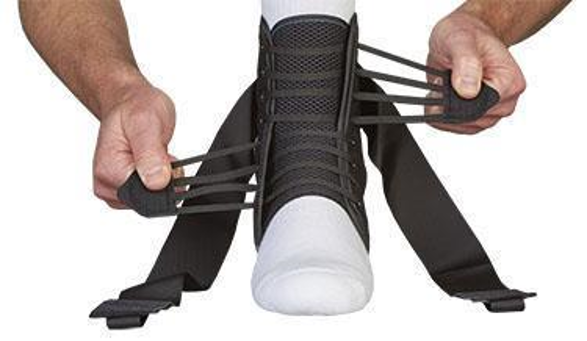
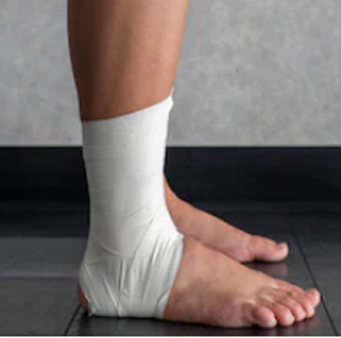
So if you have sprained your ankle recently or are experiencing instability from an ankle injury a long time ago, you may benefit from rehabilitation to increase your function and reduce the chances of long term effects. Give us a call on 9672 6752 (Kellyville) or 9871 2022 (Carlingford) to book an appointment today.
Kevin Guo (Bach App Sci Phys)

